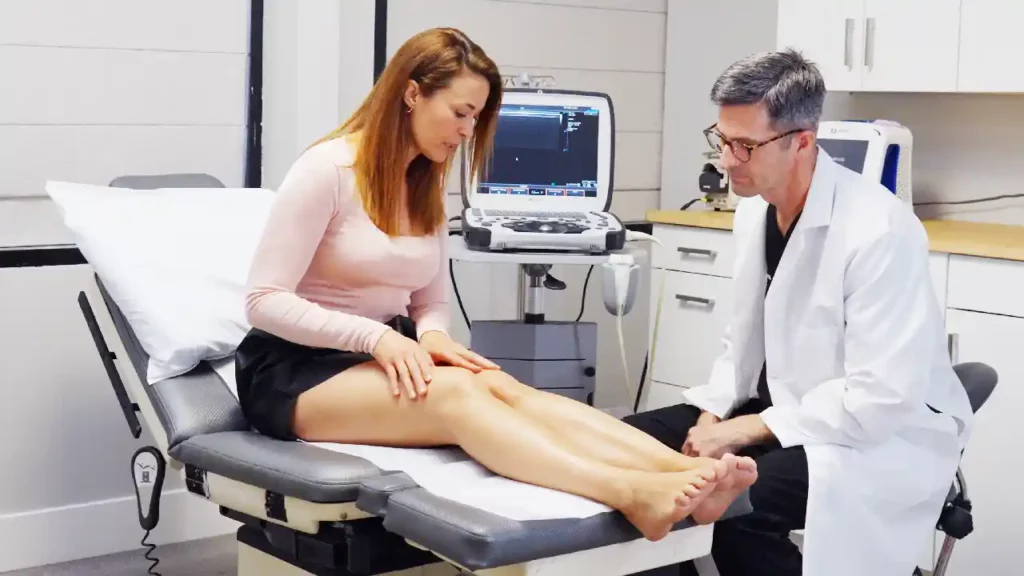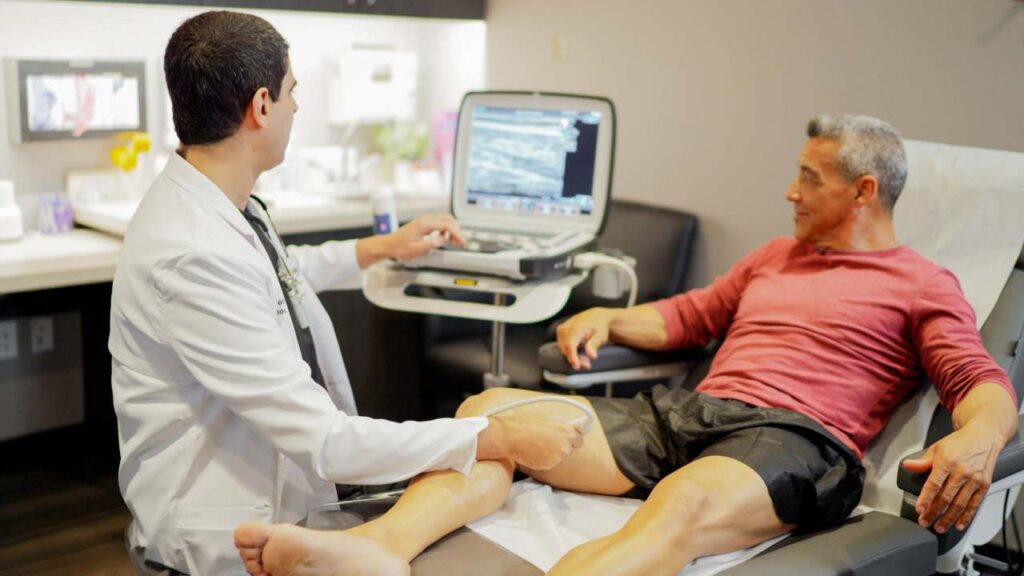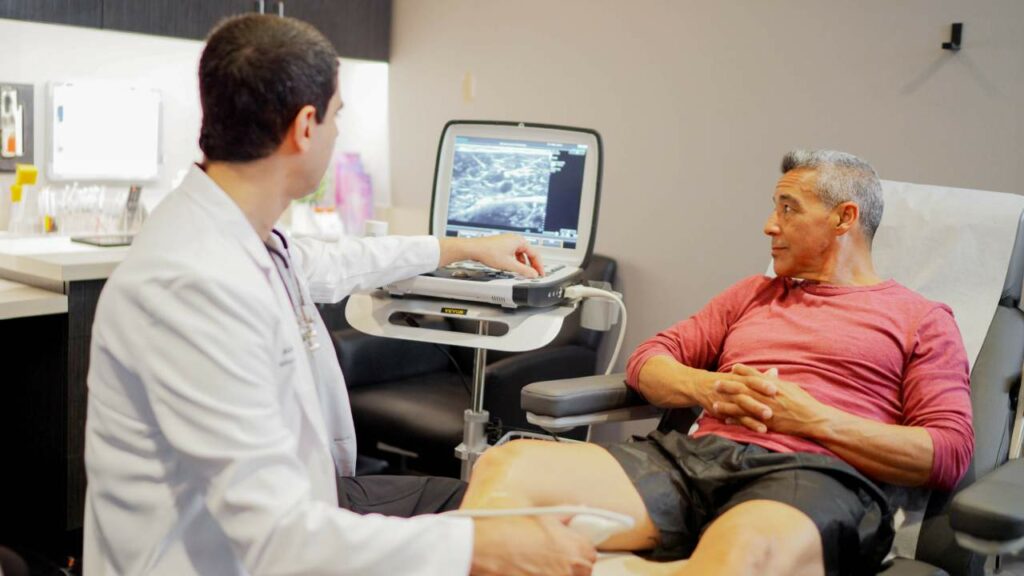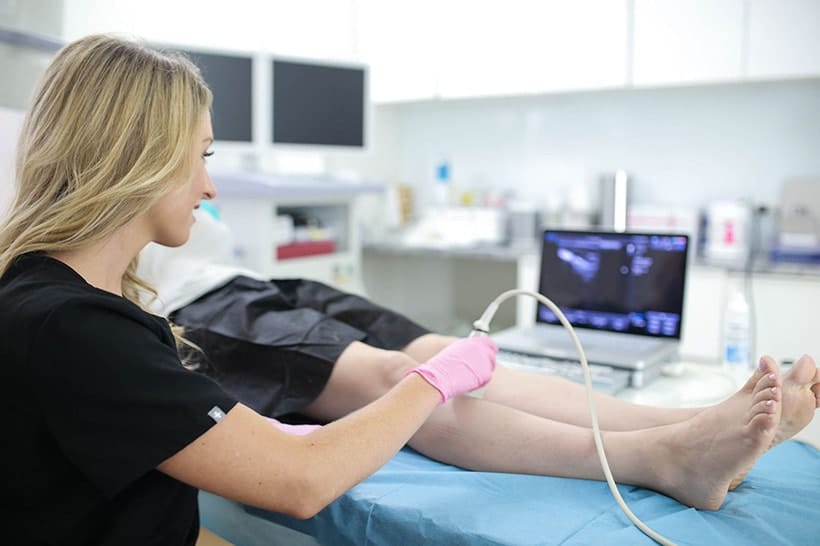Spider veins are thin spider web-like veins that are red, blue, or purple in color. They appear when some valves in the veins weaken for various reasons, causing blood to pool in the veins, and branch out like spider webs.
Varicose veins are caused in the same way, except they are more serious than spider veins. They are blue or purple in color and appear swollen and enlarged. Frequently, they can have a lumpy, bulging, or twisty appearance.
As we grow older, it is normal to have a few spider veins and varicose veins scattered here and there. Spider and varicose veins are usually harmless and painless. But if they occur alongside other symptoms, it may be a sign that you need vein treatment and need to see a vein doctor.
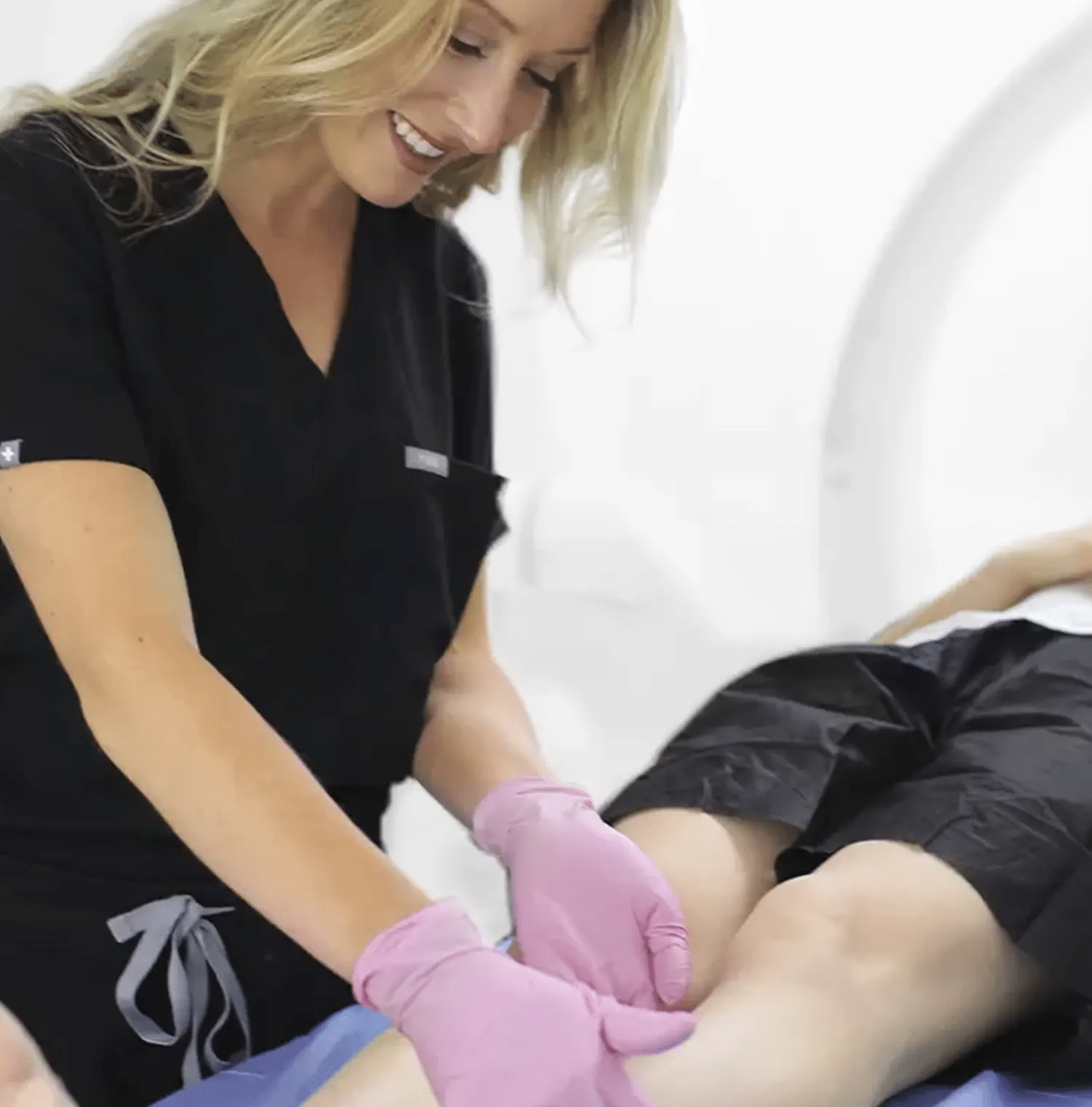
Eight Signs You Need to See a Vein Doctor
- The spider and varicose veins cover a significant portion of your body: In small amounts, spider and varicose veins are usually just a sign of aging. But if more than 20% of your legs are covered in spider and varicose veins, it could be a sign of some underlying condition.
- You are experiencing heaviness or aching in the legs: If your veins are considerably damaged, your legs will not have enough blood flow. This will cause symptoms such as heaviness or aching. This is concerning, and you must see a doctor if you experience this alongside the appearance of spider and varicose veins.
- Your leg fatigue is worsening: If your legs feel more and more tired for no obvious reason as time passes, it could mean that the damage to your veins is getting worse. To prevent further damage and to reverse the damage in your veins, you will need to consult a vein specialist.
- Your feet and ankles are swelling: This is a sign that blood is getting accumulated around your feet and ankles. This could be because of damage in your veins, and you need to see a doctor if you notice this happening frequently alongside spider and varicose veins.
- The spider and varicose veins are itchy and irritated: When spider and varicose veins appear as a normal part of ageing, they are painless. You may not even notice them as you go about your day-to-day life. But if the spider and varicose veins are itchy and irritated and if you notice that the skin over the affected veins are dry, thin, and itchy, you need to take action now and meet with a vein doctor.
- You are overweight, or clinically obese: Excess weight can make it difficult for veins on your legs to carry blood to your heart and cause damage to the valves in the veins. If you are overweight and notice spider and varicose veins, it may be time to consult a doctor.
- Your family has a history of Chronic Vascular Insufficiency: Chronic Venous Insufficiency is a serious condition which prevents enough blood from flowing back to the heart. It can lead to blood clots and ulcers if not taken care of early enough. If you have close family members who suffer from Chronic Vascular Insufficiency, chances are that the appearance of spider and vascular veins on you is also a symptom of the disease.
- You are tired of the unsightly varicose veins and just want to have them removed: Even if none of the above applies to you, you may simply not like the sight of the spider and varicose veins. You may just want to get rid of them so you can live in your skin with confidence and ease. Several vein treatment procedures are available to remove spider and varicose veins with ease. Consult a vein doctor today to find out more.
Diagnosing and treating spider and varicose veins: what happens next?
If any of the above signs apply to you, you need to consult a doctor. What follows next is simple. If you choose our vein clinic, our highly trained board-certified vein doctors will first listen to you and ask you about your experience with the condition. They will gather your medical history, review your insurance coverage, and discuss your symptoms with you. They will perform a physical exam and may also perform duplex ultrasound to help with the diagnosis. Depending on your specific needs, our doctors will then recommend one of many minimally invasive spider and varicose vein treatment methods using state-of-the-art technology that works best for you. Because the procedures are all minimally invasive, you can be treated on an outpatient basis and can easily fit the treatment procedure into your schedule with little disruption to your daily life.
Treatments include minimally invasive procedures such as sclerotherapy, endovenous laser varicose surgery, radiofrequency ablation, VenaSeal, among others. Non-invasive treatments include dietary and lifestyle changes as recommended by the doctor.
To know more about the best vein treatment options for you, book an appointment with the best vein doctors in the best vein clinic in Southern California.
Our vein clinic in San Diego is currently located near the Torrey Pine beach state park, close to the Westfield UTC Shopping Center. In San Jose, our vein clinic is located in a beautiful neighborhood near Palo Alto, Sunnydale, and Santa Clara. It is down the block from the Santa Clara Medical Center and the Santana Row Shopping Mall. Our experienced Harvard-trained vein doctors can offer the best care possible to help you.
